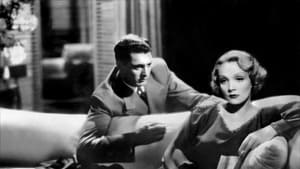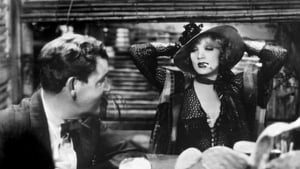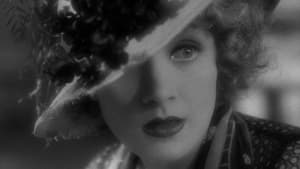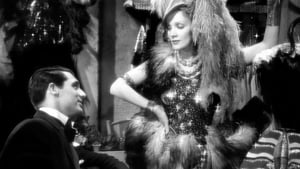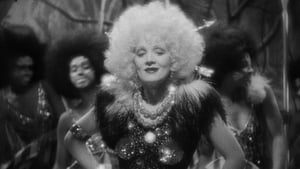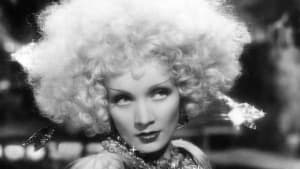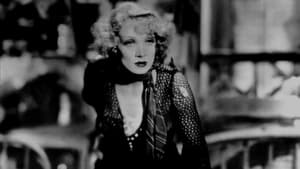Video Sources 0 Views
- Watch trailer
- Blonde Venus 1932 Colorized

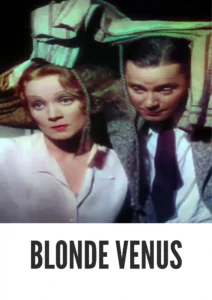
Download Blonde Venus (1932) Colorized HD | Marlene Dietrich, Cary Grant | Drama, Romance
Synopsis
Table of Contents
ToggleSeduction, Sacrifice, and Stardom: Blonde Venus (1932) in Dazzling Color

Immerse yourself in the glamorous world of Blonde Venus, a captivating drama from 1932, now beautifully colorized for a viewing experience like never before. Starring the iconic Marlene Dietrich and a young Cary Grant, this film, directed by Josef von Sternberg, tells a sweeping melodrama of motherly devotion and moral quandaries. Perfect for fans of classic cinema and admirers of Dietrich’s mesmerizing performances, this HD download brings a visually stunning and emotionally resonant piece of Hollywood history to your screen.
Blonde Venus Storyline: A Mother’s Love and a Woman’s Choice
Blonde Venus follows Helen Faraday (Marlene Dietrich), a former German entertainer turned American housewife, who returns to the stage to fund her husband Edward’s (Herbert Marshall) treatment for a grave illness . As “Blonde Venus,” she becomes entangled with wealthy millionaire Nick Townsend (Cary Grant), leading her down a path of complex moral decisions . Torn between her love for her husband and son, and the allure of a new life, Helen must make difficult choices that test the boundaries of love and sacrifice . The film explores themes of motherhood, desire, and the societal pressures faced by women in the pre-Code era .
Movie Cast
The film features a stellar cast, bringing depth and charisma to this poignant story:
- Marlene Dietrich as Helen Faraday/Blonde Venus
- Herbert Marshall as Edward ‘Ned’ Faraday
- Cary Grant as Nick Townsend
- Dickie Moore as Johnny Faraday
Movie Genre
Blonde Venus is a drama with strong romantic elements that explores themes of love, sacrifice, and morality .
Historical Context: Pre-Code Hollywood and Dietrich’s Persona
Released in 1932, Blonde Venus embodies the bold themes and boundary-pushing narratives of pre-Code Hollywood . Marlene Dietrich’s performance as Helen Faraday solidified her image as a captivating and enigmatic screen icon . The film reflects the era’s changing attitudes toward women and sexuality, showcasing Dietrich’s ability to portray complex, independent characters11.
Colorization Details
This colorized version of Blonde Venus has been meticulously restored using modern digital techniques, enhancing the visual splendor while preserving the film’s original atmosphere of dramatic tension. The colorization process involved detailed analysis of the original black and white footage, with careful attention to recreating the opulent costumes and glamorous settings. The result is a visually stunning experience that breathes new life into this classic film, offering a fresh perspective for both longtime fans and new audiences.
Technical Details
- Director: Josef von Sternberg
- Writers: Jules Furthman, S.K. Lauren
- Music: W. Franke Harling, John Leipold, Paul Marquardt, Oscar Potoker
- Cinematography: Bert Glennon
- Editing: Josef von Sternberg
- Production Company: Paramount Pictures12
Technical Specifications
- Download Format: MP4
- Resolution: HD (1080p)
- Compatibility: Compatible with most devices, including smartphones, tablets, computers, and smart TVs.
Reviews and Critical Reception
Blonde Venus is celebrated for Marlene Dietrich’s compelling performance and Josef von Sternberg’s visually striking direction . While some critics found the plot implausible, Dietrich’s portrayal of a conflicted mother and alluring performer remains iconic . The film’s exploration of complex moral themes and its lavish production design continue to captivate audiences .
FAQs
- Q: What is Blonde Venus about?
- A: Blonde Venus tells the story of a former entertainer who returns to the stage and becomes entangled with a millionaire to save her husband .
- Q: Is Blonde Venus (1932) a well-known Marlene Dietrich film?
- A: Yes, Blonde Venus is one of Marlene Dietrich’s notable films, showcasing her captivating screen presence .
- Q: Is this version of Blonde Venus colorized?
- A: Yes, this version has been professionally colorized to enhance the viewing experience.
- Q: What makes Blonde Venus interesting for classic film fans?
- A: Blonde Venus offers a glimpse into pre-Code Hollywood, featuring bold themes, stunning visuals, and a mesmerizing performance by Marlene Dietrich .
- Q: What is the download format?
- A: The download format is MP4, which is compatible with most devices.
- Q: What resolution is the download?
- A: The resolution is HD (1080p), providing a high-quality viewing experience.
Download Now in HD!
Experience the glamour and drama of Blonde Venus today!
